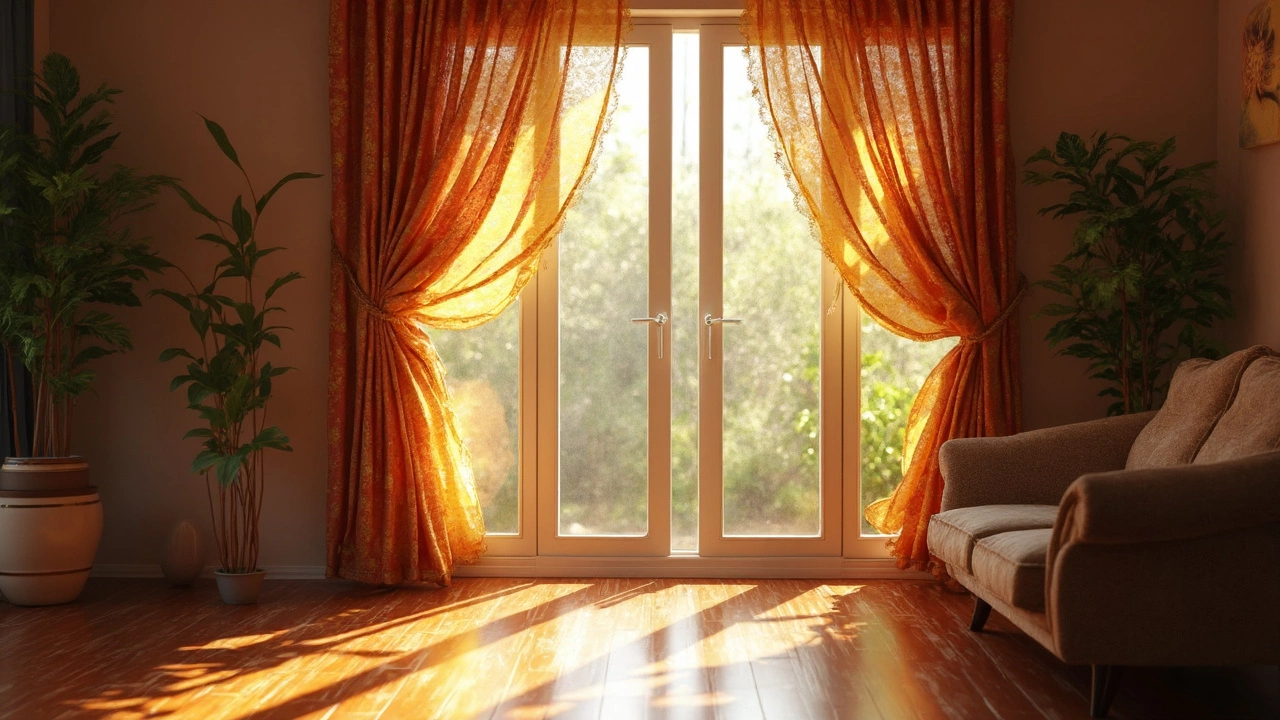
What Curtains Keep the Heat Out Best?
Looking to keep your home cooler without cranking up the AC? Discover the types of curtains that effectively block out heat. We'll explore materials, styles, and tips on choosing the right thermal curtains. These choices may not only help maintain a comfortable home environment but also cut down on your energy bills.
View More